For Veterans Day I want to highlight some of the traces of military history in Chicago. Both downtown and throughout the neighborhoods, buildings, place names, museums and memorials bear tribute to the brave women and men who fought for their country. So, in memory of the sacrifices made for the country by our veterans, here are some connections to military history dotting Chicago’s landscape.
We research stories from Chicago history, architecture and culture like this while developing our live virtual tours, in-person private tours, and custom content for corporate events. You can join us to experience Chicago’s stories in-person or online. We can also create custom tours and original content about this Chicago topic and countless others.
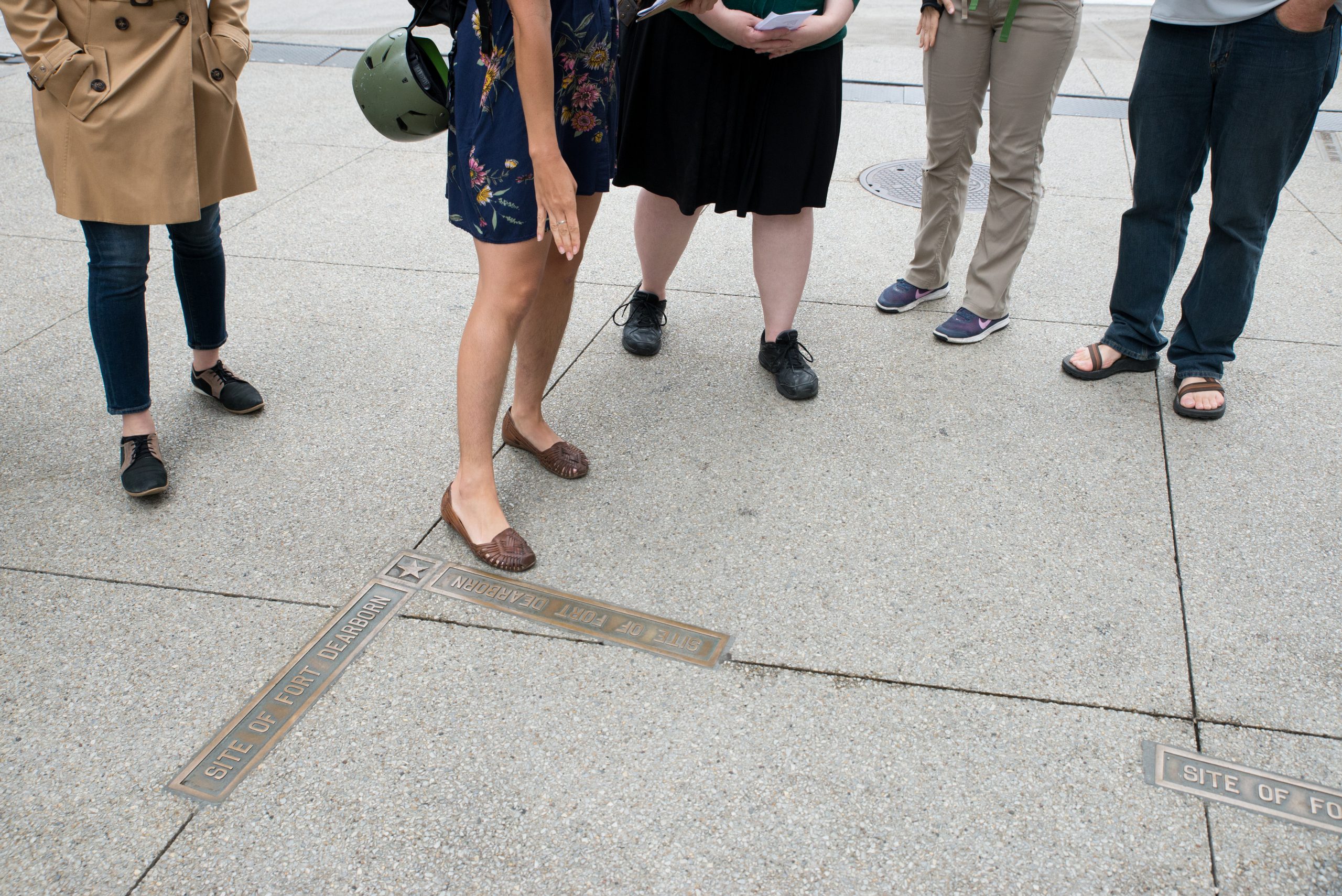
Outline of Fort Dearborn
Military history in Chicago goes back to the city’s very start. Fort Dearborn stood at what is now the intersection of Michigan and Wacker. Potawatomi warriors destroyed the original fort after the Battle of Fort Dearborn during the War of 1812. A rebuilt fort in the same location fell into disrepair soon after the Black Hawk War in the 1830s. Its moldering remains went up in smoke during the Great Fire of 1871. Bronze plaques in the sidewalk on Michigan Avenue mark Fort Dearborn’s original location.
Oak Woods Cemetery Confederates’ Grave

During the Civil War Camp Douglas was constructed around 31st and Cottage Grove. Camp Douglas became one of the largest, and deadliest, prison camps for Confederate POWs throughout the war. Around 4,000 Confederate soldiers from the camp are buried in Oak Woods Cemetery. That mass grave, the largest in the Western hemisphere, is another of the forgotten sites of military history in Chicago.
The Soldiers’ Home

Just south of Camp Douglas, at 35th and Lake Shore Drive, is the Soldiers’ Home. This grand structure is the oldest extant site of military history with a direct tie to the Civil War. The Soldiers’ Home, built in 1864, served as a convalescence center during the war. Crippled veterans lived there in the years after the war. Built in the Italianate style, it survives to the present day as a facility for the Archdiocese of Chicago.
GAR Memorial Hall and Rotunda
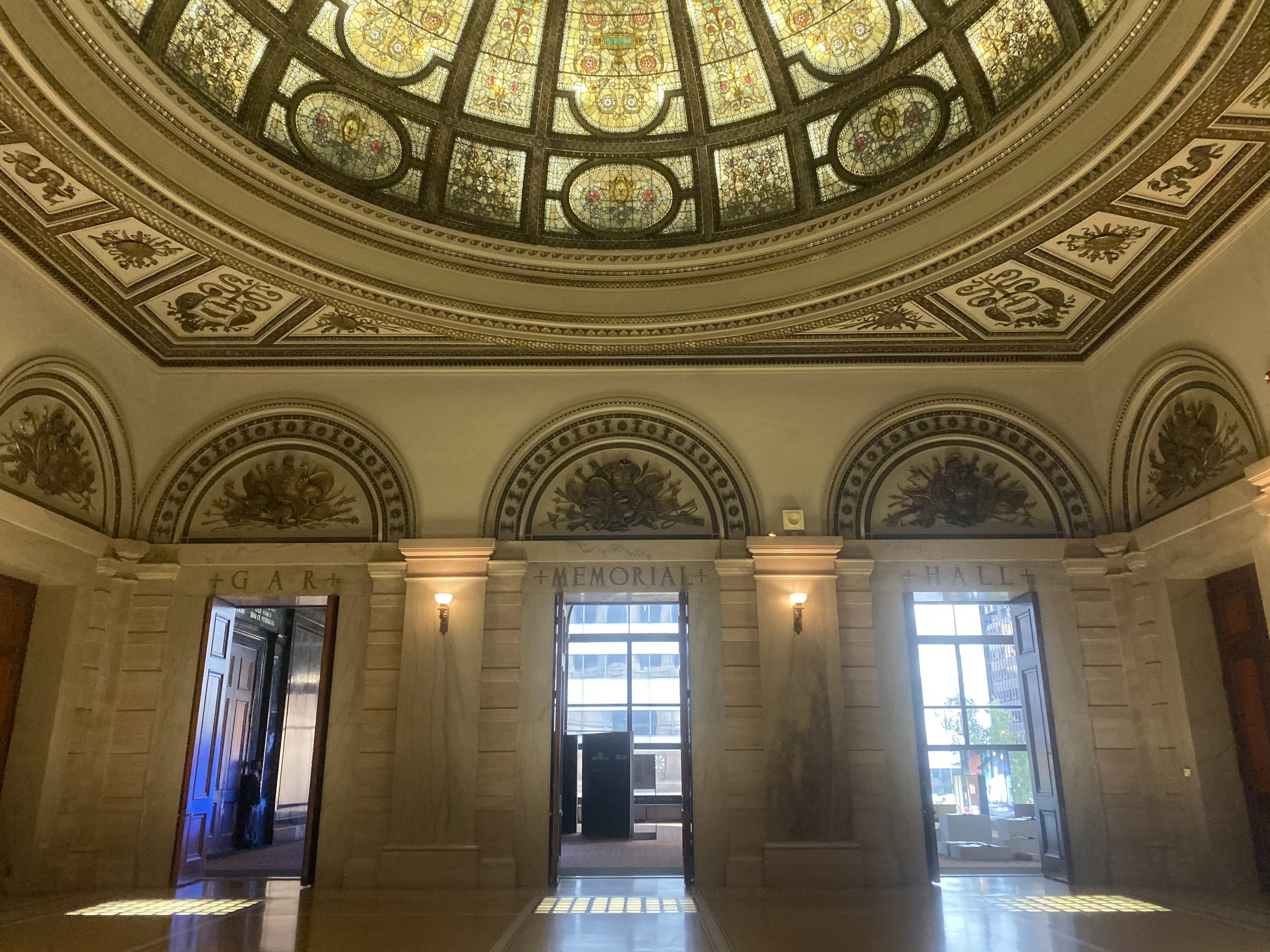
After the Civil War, veterans of the Union Army founded a fraternal organization, the Grand Army of the Republic, to advocate for surviving veterans and memorializing their fallen comrades. The Chicago chapters constructed a Memorial Hall in what is today the Chicago Cultural Center. The room served as a meeting space for the GAR and once housed Civil War artifacts. The room is capped by a 40-foot-diameter stained glass dome.
Soldier Field and Navy Pier
Two of the Chicago lakefront’s biggest landmarks, Soldier Field and Navy Pier, are tributes to World War I military history in Chicago. The city built much of the Burnham Plan in the 1910s and ’20s, just as millions of American doughboys returned from the Great War. Honoring the war dead and valorous veterans became de riegeur for American politicians. So city leaders redubbed Municipal Grant Park Stadium as Solider Field and Municipal Pier became Navy Pier in 1927.
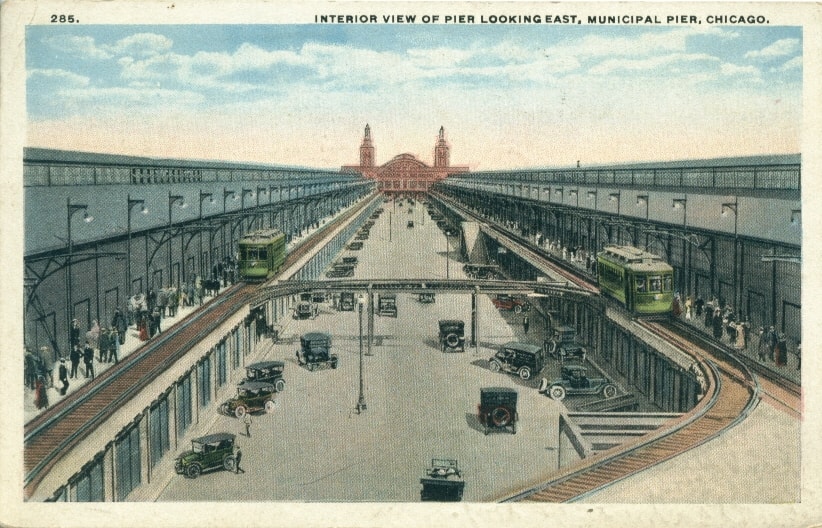
Navy Pier continued to live up to its name during WWII. The U.S. Navy turned the pier into a training facility in 1941, hosting 10,000 sailors and pilots in the safe bosom of the Great Lakes for the duration of the war. Supposedly, wrecked navy planes from failed training exercises litter the bottom of Lake Michigan.
The Eighth Regiment Armory and Bronzeville Victory Monument

There is no neighborhood in Chicago where our military history is more prominent than Bronzeville. The onetime home of Camp Douglas would become the home of the “Fighting Eighth,” the first all-black military regiment in American history. Formed in 1870, just after the Civil War, the Eighth Infantry Regiment of the Illinois National Guard cemented the place of free blacks in Chicago society. Their armory, the first for a black regiment in the United States, was built in the heart of the Black Metropolis in 1914. Lots of firsts among the Fighting Eighth!
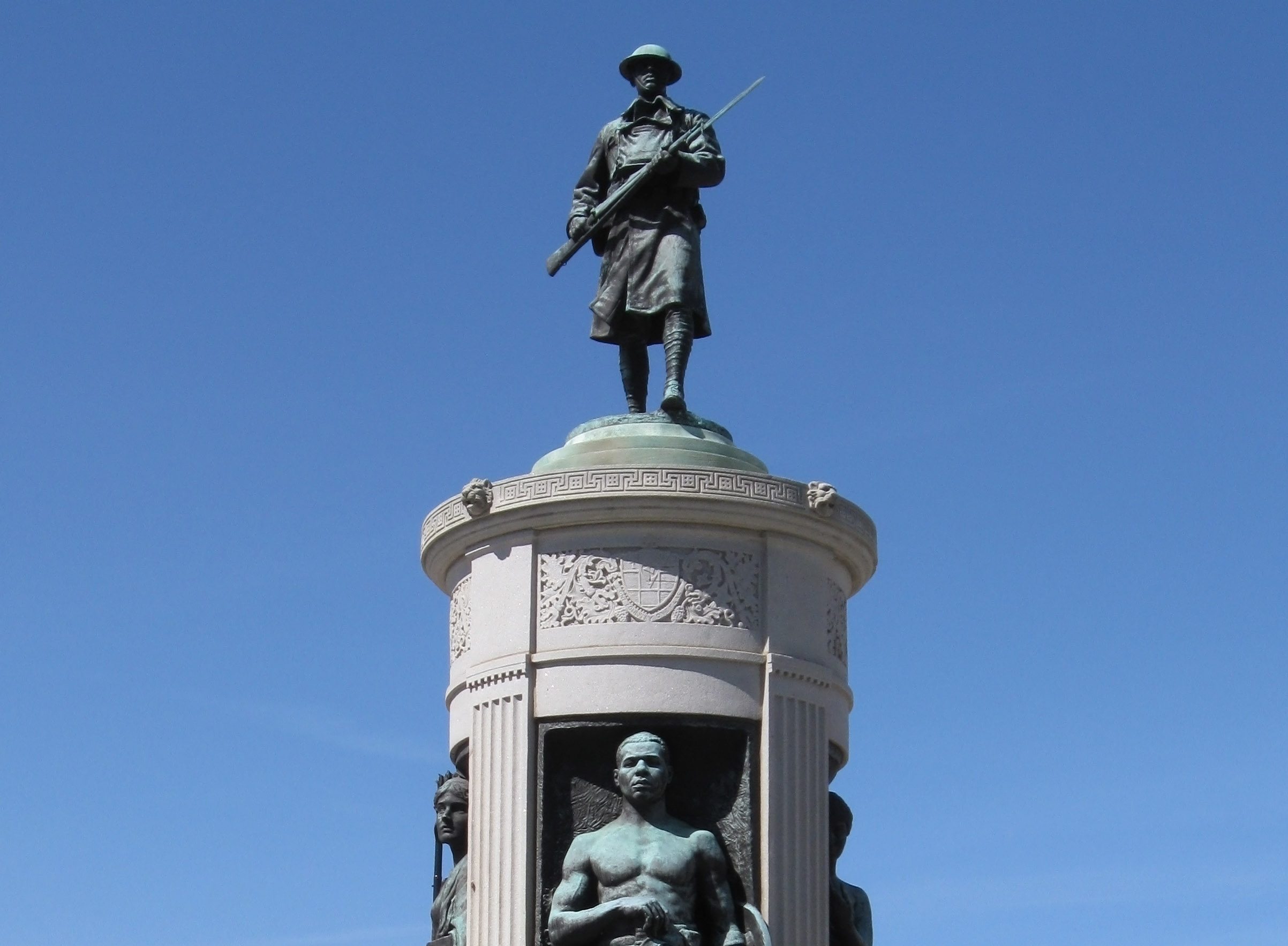
A memorial to the soldiers of the Eighth Regiment stands just a few blocks away, at King Drive and 35th. The Victory Monument commemorates the black soldiers from Chicago who fought on the fields of France during WWI. The black doughboy atop the white granite shaft is one of my favorite traces of military history in Chicago.
World War II Factories
Chicago played a key role during WWII not just as a training center for the Navy. The Windy City also switched over its enormous industrial capacity to wartime production during the war.
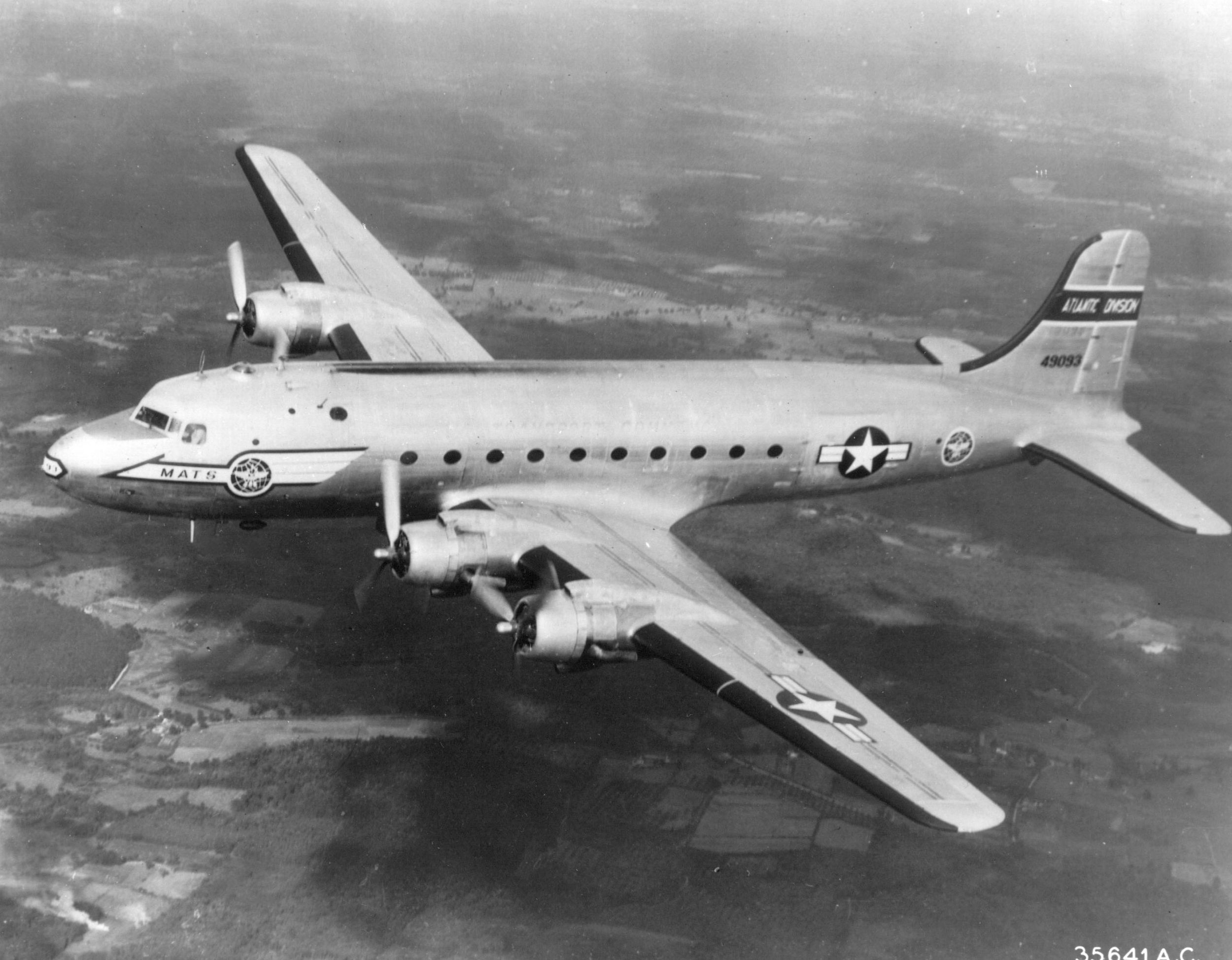
Among the most significant were the factories which assembled American air superiority. According to Jerome O’Connor’s “The Hidden Places of World War II”, manufacturing facilities near today’s Midway and O’Hare Airports were essential to the Allied victory. An enormous facility at Orchard Field (today’s O’Hare) produced Douglas C-54 Skymasters, while the Dodge-Chicago factory on the Southwest Side produced the engines for the B-29 bomber. Perhaps it’s unsurprising that both airports now pay tribute to WWII. Midway is named for the Battle of Midway, while O’Hare is named after a Navy flying ace.
Military Museums in Chicago
Two small-scale museums honor the country’s military history. The National Veterans Art Museum, which I wrote about a few years back, features artwork and exhibitions by American vets. Their stunning “Above and Beyond” installation, now at the Harold Washington Library, suspends 58,000 dog tags, each representing a fallen American soldier in Vietnam, above the library’s main escalators.
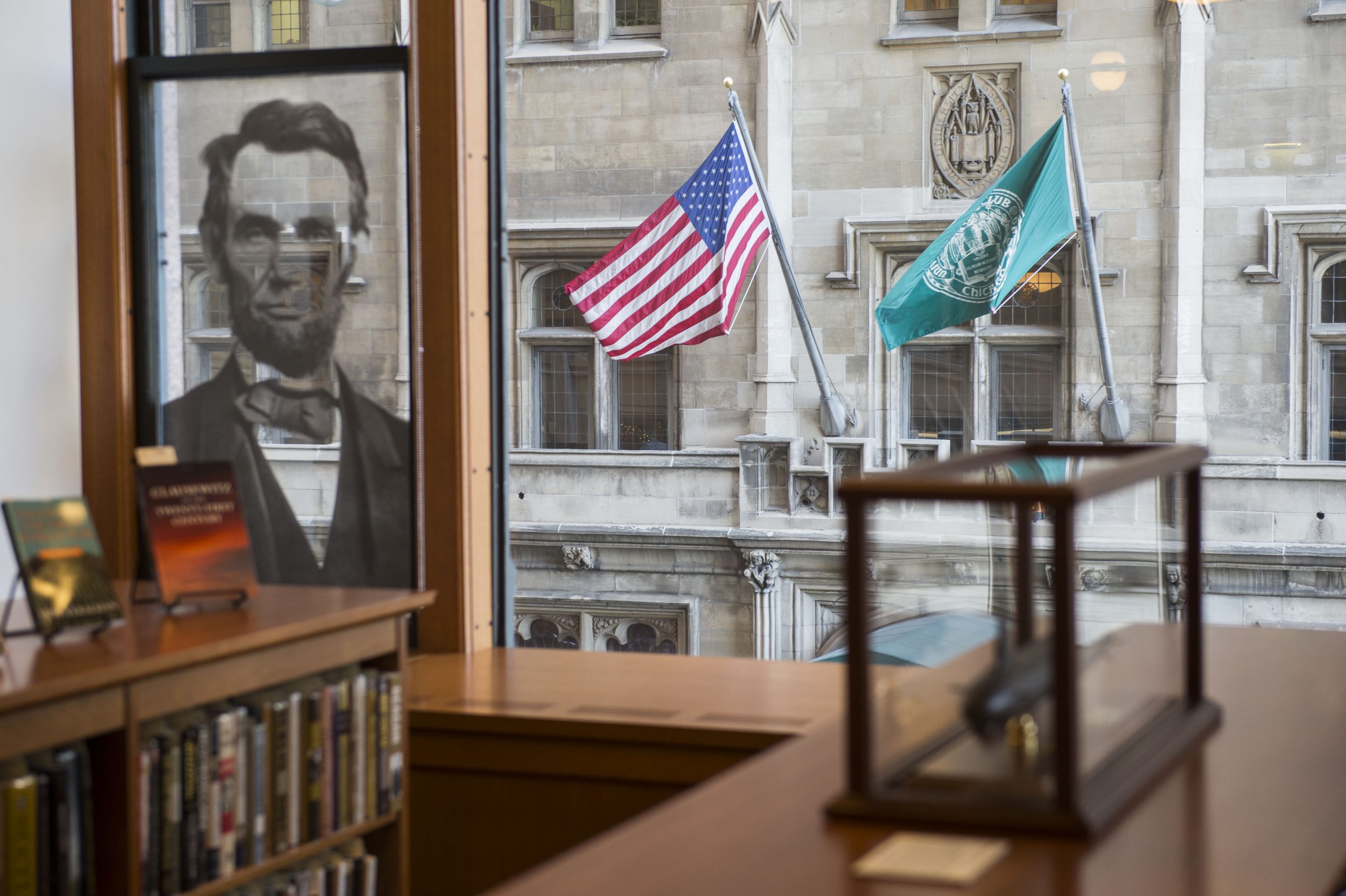
The Pritzker Military Museum and Library, in the Loop’s Monroe Building, was founded by retired Col. Jennifer Pritzker to commemorate the role of citizen-soldiers in the preservation of American democracy. Their permanent collection, rotating exhibits, archive, and events all aim to further understanding of military history in Chicago and beyond.
Finding Military History in Chicago
Despite Chicago’s only battle taking place over two centuries ago, we have many ties to American military history. Of course, this doesn’t even account for the countless Chicagoans who have served their country. Their service is worth remembrance and the sites associated with it deserve preservation.
– Alex Bean and Marie Rowley
ABOUT CHICAGO DETOURS
Chicago Detours is a boutique tour company passionate about connecting people to places and each other through the power of storytelling. We bring curious people to explore, learn and interact with Chicago’s history, architecture and culture through in-person private group tours, content production, and virtual tours.
















